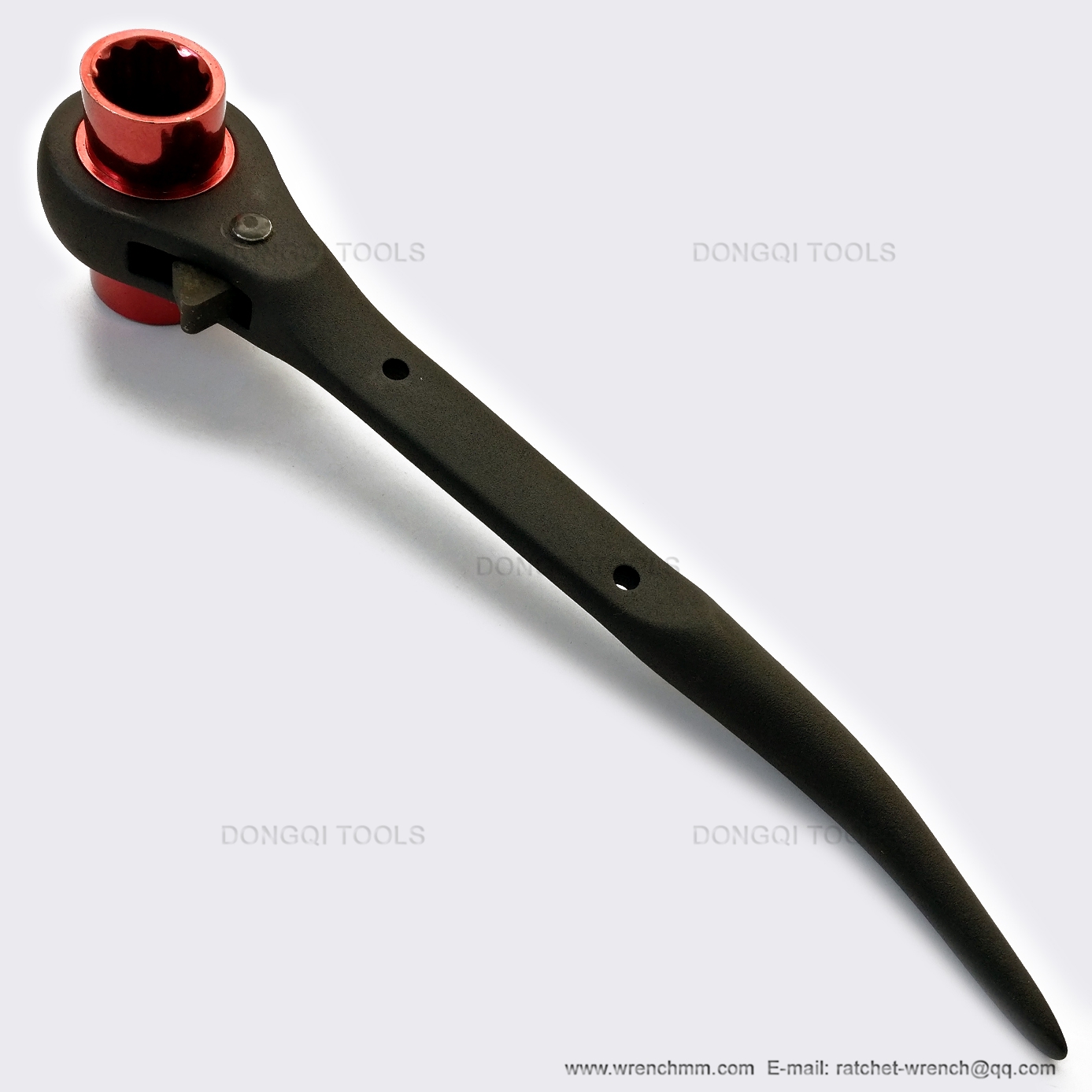

have been found to be prone to premature thread damage simply from being fastened to a 1.69 inch (outside diameter) tube. However, some clamps recently distributed in the U.S.
SAFEWAY SCAFFOLD WRENCH FULL
Normally, applying the full amount of torque for installing the clamp specified by its manufacturer willĬause the nut to pass over any degraded thread area and permit workers to securely and safely fasten the clamp. Such thread interference, which produces a misleading indication that the bolt is tightly fastened (i.e., false torque). A higher wrench force is required to tighten bolts with Threads that are damaged or otherwise obstructed (by rust, dirt, paint, etc.) preventįree travel of the nut along the length of the bolt. Scaffold clamps are installed by tightening nuts for bolts built into the clamp, which capture a cap that The clamps may or may not bear an indication of the country of origin. Similar clamps from other scaffold suppliers may exhibit the same defect. In the Safway product line, these defects have been limited to their Rigid Clamps (part number CRA 19) their swivel clamps (part number CSA 19) and their Half Clamps (part number CSAH 19).

These burrs cut into the threads on the bolt, producing false torque. The defect is the presence of burrs on the clamp forks that were not removed in the finish machining of the clamp. Safway has been very cooperative in providing technical information used in this Alert. Consequently, the clamp will be loose and subject to failure in use. These clamps may appear to be fully tight (even reaching design torque values), but they are not because of a manufacturing defect. This problem was initially identified at the Waste Treatment Plant Project at Hanford concerning scaffold clamps supplied by Safway Services Inc., “Safway”. It concerns an installation problem with defective scaffold clamps that can lead to catastrophic failure. This Alert provides information on a potential safety concern that may impact operations at Department ofĮnergy (DOE) facilities. The issue is that they may appear tight, but not actually be tight. Defective Safway scaffold clamps have been in use at DOE sites.


 0 kommentar(er)
0 kommentar(er)
